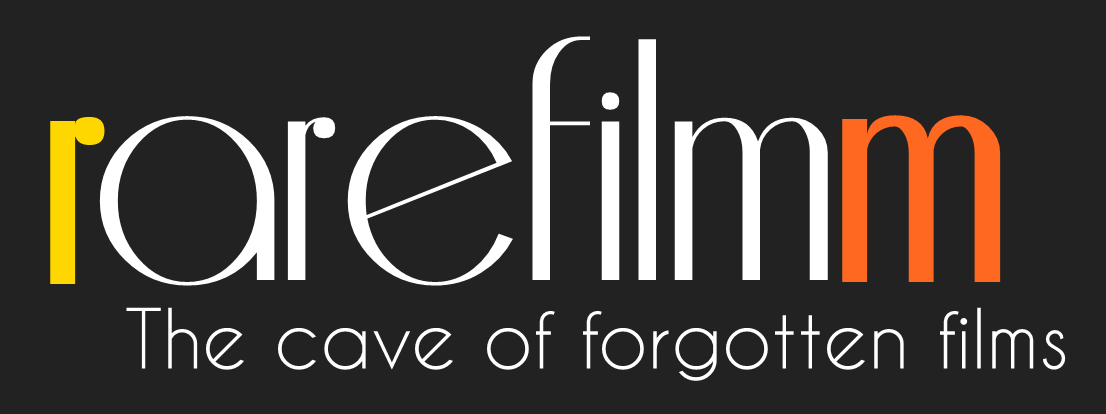Horror, but with a comedic twist? Tadeusz Wilkosz decided to tell the story of abandoned objects from the attic. The titular sack goes on a rampage of destruction and begins to devour the numerous junks gathered there. Will the red beast devour all the things scattered in the attic? Puppet animation made at the Studio Małych Form Filmowych “Se-Ma-For” in Łódź.
Tag: POLAND
A young man in his twenties leaves prison after a three-year sentence. He wants to start a new life in a place where he is not known and dreams only of a job, a wife and a family. He succeeds partially in fulfilling these dreams, but then runs into a conflict on a construction job between the corrupt boss and fellow workers secretly planning a strike. He becomes a pawn in one camp while remaining true to his ideals in the other. The unavoidable conflict destroys him.
The residents of an old people’s home anxiously watch television weather forecasts that predict a hard winter. When a huge transport of coffins arrives in the same night, the old people start to suspect that someone is preparing a mass death for them. In solidarity, they decide to escape and… go out to the country. They are followed by a police chase, which at times resembles a manhunt. The film, made in 1981/82 but released a year later, unexpectedly became a metaphor for the Polish history of the time.
Loosely adapted from a short story by Andrzej Pastuszak. A film about refusal to compromise. Takes place in 1968, following the events of Polish political crisis in March of that year. The protagonist, student, Józef Moneta is trying to intervene after his friends are expelled from school. He gets expelled himself. He looses his chance for a better life, is forced to do physical labor. He tries his hand as a writer. Here he’s also expected to compromise (rewrite a piece), to which he doesn’t want to agree. His girlfriend calls it a lack of humility towards the world. Everybody around him accepts the rules of the game, settle, but not Moneta. In the end it turns out that for the younger generation, his uncompromising attitude is not enough.
A film set in a small Polish village in the ’60s that deals with a young girl’s awakening sexuality. Mala, about 13, lives with her unmarried mother and has a boyfriend of her own age. The village is sent into a turmoil by the arrival of the clan of Gypsies, who set up camp in the field. Gypsies are ostracized and damned as ‘devils’ by the conservative villagers. Mala is attracted to the Gypsies…
Locked in the world of everyday life, the woman – a mother of three children – not wanting to lose her beloved man, her husband, hides another pregnancy from him. She finds herself in a no-win situation. It is impossible to conceal her condition any longer, and whatever she does will be the wrong solution. A tragedy occurs. When the woman finally begins to be aware that outside her home there is another life, other people, another world – it is too late for everything.
A Year in the Life of Franek W. is a 1967 Polish documentary film directed by and based on a screenplay by Kazimierz Karabasz. The film depicts a year in the life of a twenty-year-old boy from a small village, Franciszek Wróbel, who emigrates to large industrial Silesia to join the Voluntary Labor Corps. Karabasz’s method was based on careful and impartial observation of the protagonist’s fate; the only commentary was provided by letters read by Wróbel himself.
A live action viewpoint camera cuts between various mundane settings – children in a nursery, a house, office, workshop, church, hospital, farm, train and so on. The images are increasingly treated with effects, then shift to animation – showing rolling abstract patterns – before reverting back to live action, to be brought up short by a door with a notice pinned to it: “Stop! Entrance Prohibited”.

 For any questions or requests you can always find me at rarefilmm@gmail.com. Stay tuned for those new movies! Thank you once again for all the love and support and thanks a lot to everyone who keeps spreading the word about the site, the rarefilmm community is truly amazing, I'm very grateful for all your love and support
For any questions or requests you can always find me at rarefilmm@gmail.com. Stay tuned for those new movies! Thank you once again for all the love and support and thanks a lot to everyone who keeps spreading the word about the site, the rarefilmm community is truly amazing, I'm very grateful for all your love and support 
